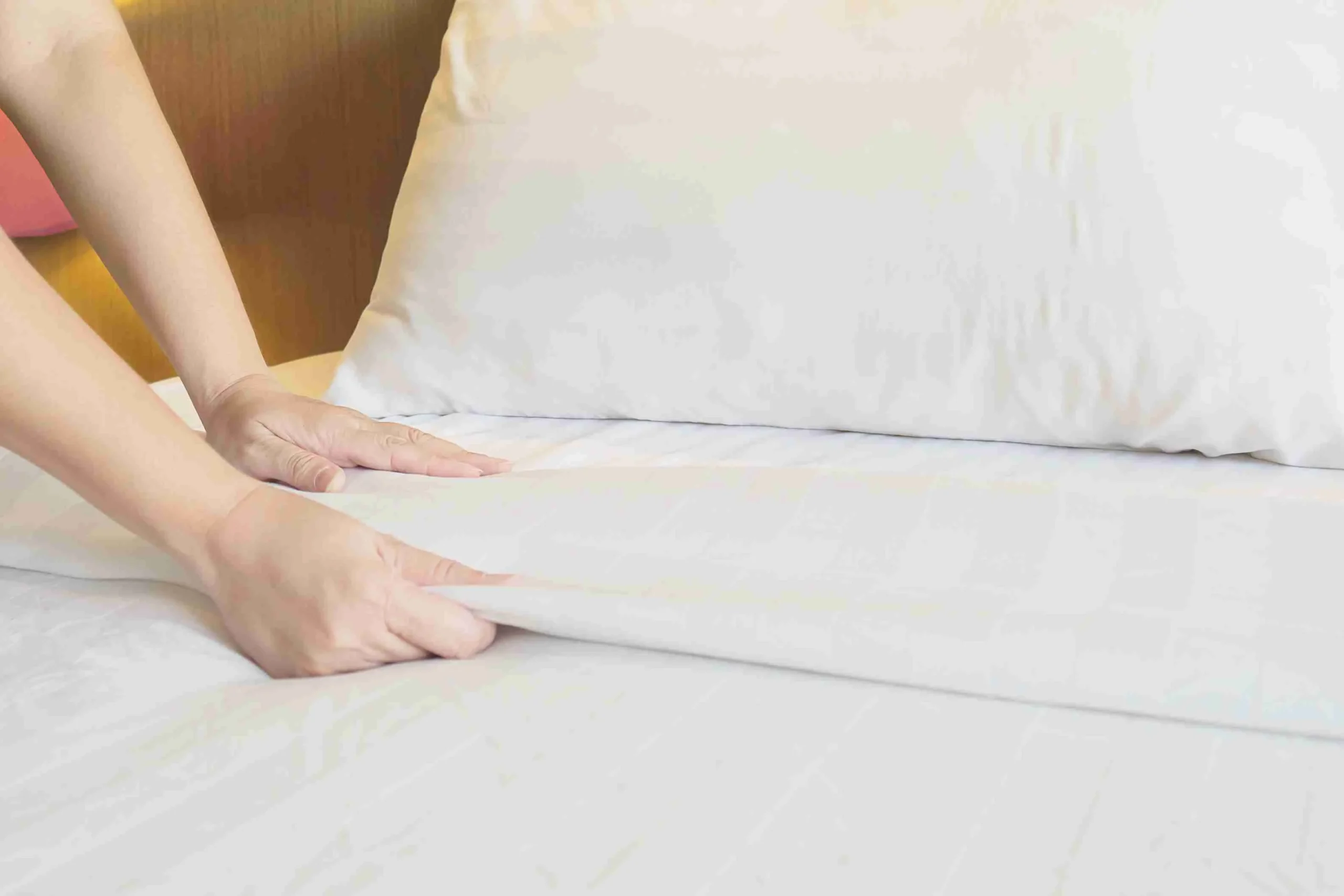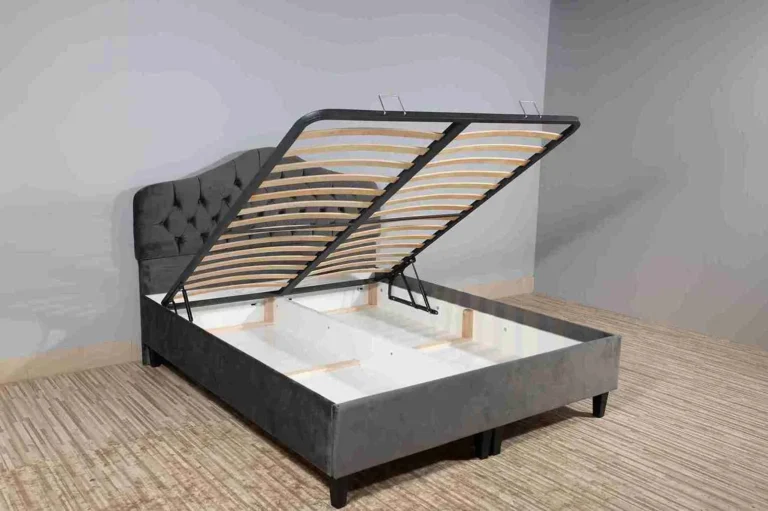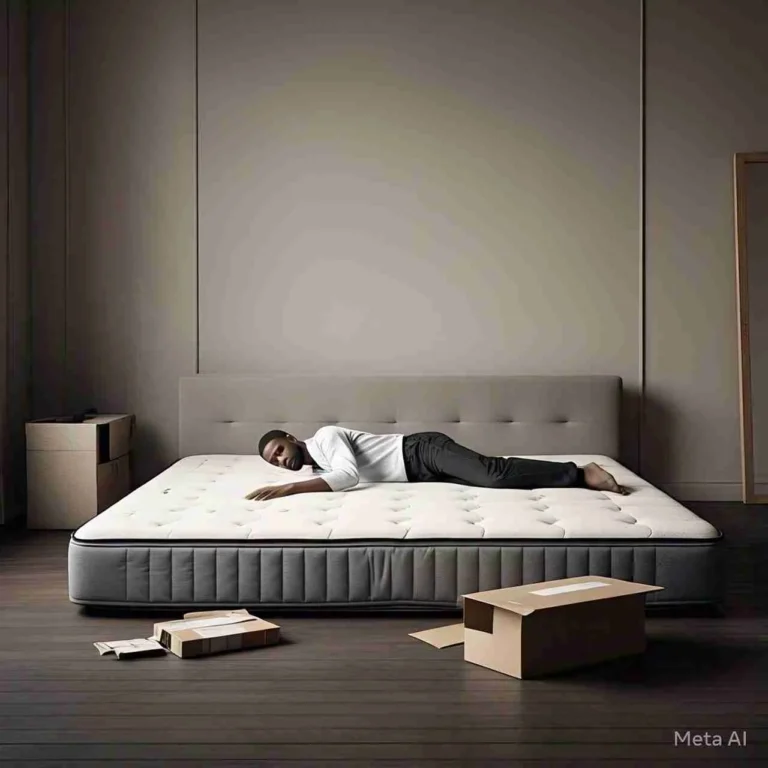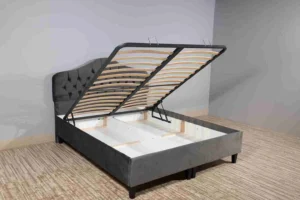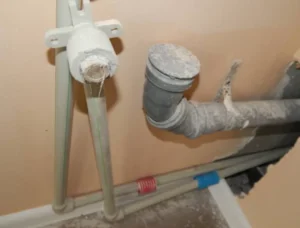A mattress protector is a removable cover designed to keep your bed in good condition. It provides a clean and hygienic barrier that fits securely on top of your mattress. Available in various models, protectors often include elasticated corner straps or an elasticated skirt that easily stretch over the corners.
Some encased models are designed to cover the entire mattress, offering complete protection. This simple addition prevents your mattress from being exposed, ensuring that it stays free from moisture, bodily oils, and dead skin cells. Without one, your mattress can become soiled and a breeding ground for bacteria, dust mites, and allergies.
Unlike a topper, which is designed to improve comfort by making a mattress feel softer or firmer, a protector is entirely different. Its purpose is to shield your mattress from everyday wear and tear, including liquids that can seep through and damage its components.
Many people choose to buy these separately for added convenience, though some may skip it unknowingly, leaving their mattress unprotected. This can lead to difficult cleaning and increase the chances of stains from food or drink, triggering unwanted health issues.
Why You Need a Mattress Protector
When it comes to protection for your mattress, a mattress protector plays a crucial role in maintaining its clean and healthy state. Let’s explore how this simple yet effective product can safeguard your bed from stains, spillages, and seepages while improving your overall sleeping experience.
Keeping Your Mattress Safe
Accidents in bed can happen invariably, whether it’s a spilt drink, wetting the bed, or unforeseen spillages. A mattress protector acts as a barrier, protecting your bed from such mishaps. Beyond liquid damage, it also prevents dust mites, bed bugs, and other allergens from invading your sleeping environment. For those with allergies, this can be a vital solution to keep triggers under control and reduce uncomfortable reactions.
Easy Maintenance
One of the best features of a mattress protector is that it’s often machine washable, making cleaning incredibly simple. Depending on the type of protector, care instructions may vary, but most are designed to be easily removed for regular washing. Washing the protector for the first time softens the product, makes it more flexible, and removes any lingering odours from the packaging. Having two protectors ensures you always have a spare on hand, allowing you to keep your sleeping surface fresh and clean at all times.
Extending the Life of Your Bed
Beds are an investment, and they must withstand all kinds of spillages and wear over their lifetime. Using a protector prevents liquids from penetrating the bed, reducing stains and avoiding damage to its internal components. This prolongs the life of the mattress, making it a cost-effective solution in the long run. An unprotected bed, on the other hand, may need replacing much sooner than expected, which can be an expensive task.
Preserving Warranties
Manufacturers often recommend using a protector with a new mattress. Some may include specific clauses in their terms that could invalidate the guarantee or warranty if the mattress is soiled. A mattress cover ensures that your mattress stays in optimal condition, safeguarding both your bed and its warranty.

What Are Mattress Protectors Made From?
Mattress protectors are crafted using diverse materials, each offering unique benefits. Choosing the right one depends on your needs, preferences, and specific conditions.
Synthetic Polyester:
If you’re looking for something durable, cheaper, and easy to maintain, polyester is a popular choice. This synthetic material retains shape and appearance even after multiple washes. It is easy to wash, dries quickly, and is wrinkle-resistant. However, polyester tends to retain heat, making you feel warmer in bed. Despite being less breathable, it remains a practical option for those on a budget.
Natural Wool:
For those seeking natural, resilient, and comfortable bedding options, wool is an excellent choice. It is naturally soft, supportive, and moisture-absorbent, helping you stay comfortable throughout the night. Additionally, wool is hypoallergenic, making it ideal for people with allergies or breathing conditions. Its durability and ability to remain breathable under various conditions make it stand out.
Polyurethane:
If you prioritize waterproof features, polyurethane backing is commonly used in mattress protectors. It prevents liquids from seeping into the mattress while remaining breathable and soft. This ensures a quiet, undisturbed sleep even during warmer nights.
Cotton:
One of the most popular materials, cotton is loved for being soft, hypoallergenic, and gentle on the skin. Its moisture-absorbent and breathable properties keep you cooler and comfortable in bed, ensuring a refreshing sleep experience.
Bamboo:
Known as the green steel for its strength and durability, bamboo fabric offers a sustainable and eco-friendly option. It is soft, breathable, and temperature-regulating, making it perfect for year-round use. With its fast-growing and sustainable nature, bamboo is also an excellent choice for the environment.
Tencel:
Made from sustainably sourced wood pulp, Tencel combines eco-friendly practices with exceptional performance. It is absorbent, breathable, and features moisture-wicking abilities to keep sweat and moisture at bay. This keeps your body cool, dry, and refreshed throughout the night. Its soft, gentle feel makes it perfect for sensitive skin and luxurious bedding.
Different Types of Mattress Protectors
A mattress protector is an essential bedding accessory designed to shield your mattress from wear and tear, ensuring a longer lifespan and a cleaner sleeping environment. Various design options offer different levels of protection, allowing you to choose what suits your needs. The most common type is a fitted sheet style, featuring an elasticated skirt that stretches around the corners of the mattress, snugly covering the top and sides.
Some models include elasticated corner straps for a tighter fit, though these typically leave the bottom of the mattress exposed, offering partial coverage. For maximum protection, an encasement style completely wraps the entire mattress, including the underside, using a zippered closure to create a barrier. This style is effective in preventing liquids, mould, mildew, pet dander, dust mites, and moisture from penetrating any part of the mattress, offering peace of mind for those concerned about allergens or spills.
What to Keep in Mind When Selecting a Mattress Protector
Choosing the perfect mattress protector isn’t just about finding something that looks good. It’s about ensuring it works snugly with your mattress and meets your personal needs. Consider these important factors when making your decision.
Perfect Fit for Your Mattress
- A well-fitted protector should hug your mattress snugly. If it’s too tight, it can create extra pressure, possibly leading to damage over time. On the other hand, a baggy protector might slip off during the night, leaving the mattress exposed.
- Always measure your mattress, including its mattress depth, before buying. This ensures the protector is fully compatible with your bed.
Choosing the Right Material
- Materials play a huge role in both comfort and performance. If you have a memory foam mattress, a thinner protector allows it to conform to your body while still being protected. A thicker option might feel bulky and impede the foam’s functionality.
- For a breathable experience, opt for cotton or wool materials. These are absorbent, help with moisture control, and allow proper air circulation to regulate your body temperature during sleep.
- Avoid synthetic or non-breathable materials, as they tend to retain heat, making the bed uncomfortable.
Keeping the Bedroom Quiet
- A peaceful bedroom environment is crucial for a restful night. Some protectors made with noisy materials may cause a rustling sound, which can interrupt your sleep and leave you feeling tired or groggy. Look for a rustle-free protector to maintain quietness.
Waterproofing for Protection
- For homes with younger children or adults dealing with incontinence, a waterproof protector is a must. These often have a backing material or membrane that prevents the mattress from getting wet.
- Keep in mind, some waterproof protectors may be less breathable and might create unwanted noises when you move. Look for an option that balances these features effectively.
Conclusion
A mattress protector is a key part of your bedding that helps in protecting the sleeping surface and extending the life of your mattress. Ensuring proper mattress care is essential to maintain comfort and hygiene.
Always remember to turn your mattress when necessary to keep it in good condition. Follow the manufacturer’s care advice to ensure you are taking the best steps to preserve your bedding. By following these simple yet effective habits, you can enjoy a clean and comfortable sleeping environment for years to come.

